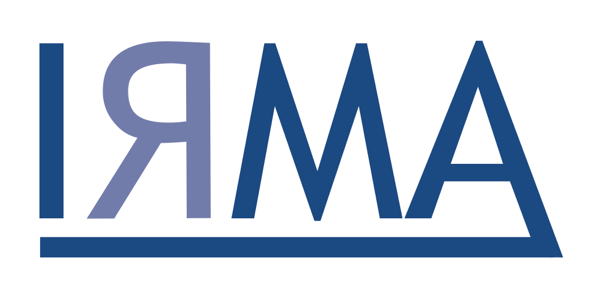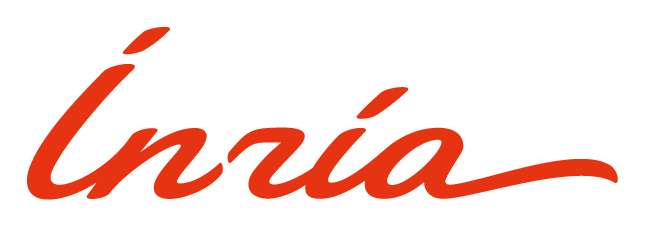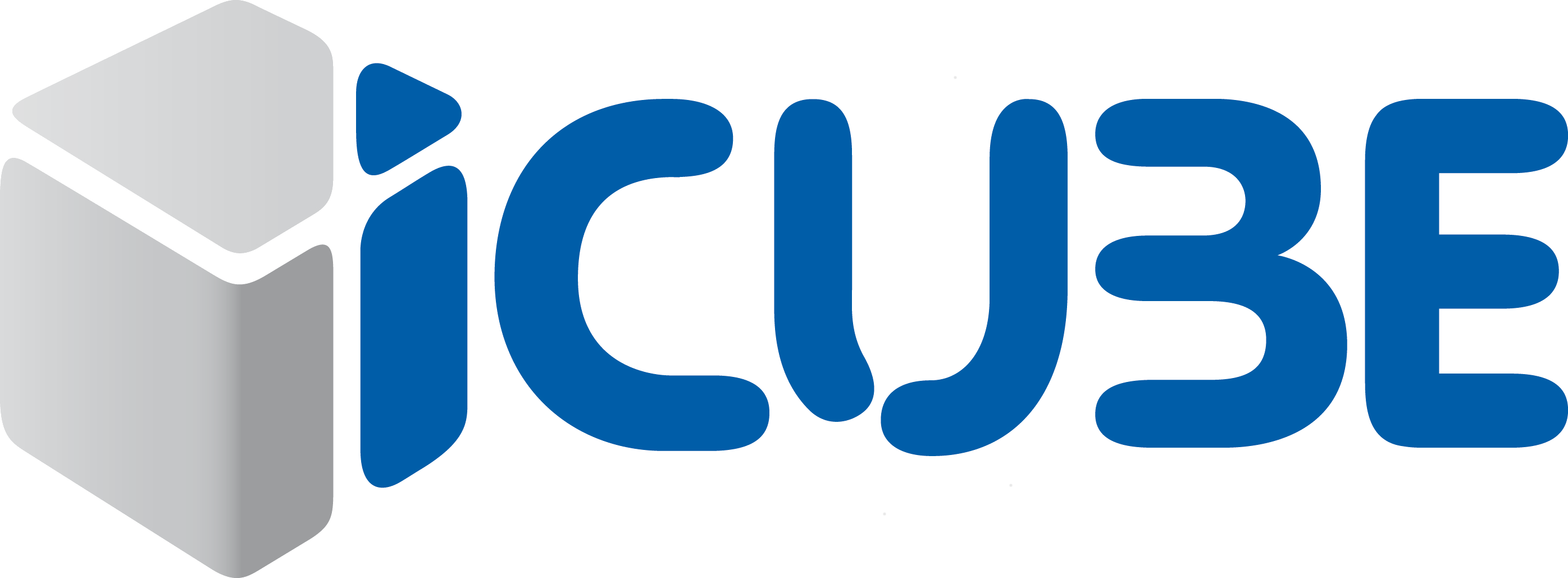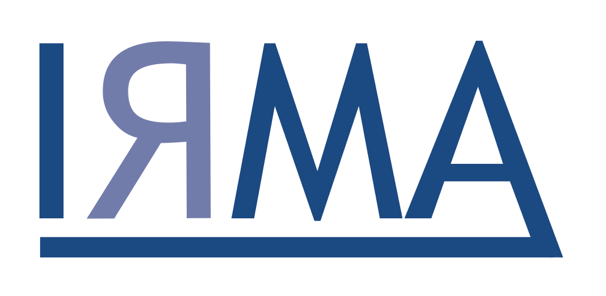Advanced Mathematics Research Institute (UMR 7501) IRMA has a specific place in French mathematics as the first UMR (Unité Mixte de Recherche) of CNRS. It encompasses all mathematicians at Université de Strasbourg : a community of about 100 researchers and professors working at the University or at the research institutions CNRS and INRIA. The HCERES evaluation report of 2017 notes the relatively recent diversification of the mathematical research themes, so that now almost all mathematical subjects are present, from the most theoretical to the most applied. According to this report, “IRMA is one of the best research labs at the international level in several mathematical domains”. It also highlights:
- a high production of top-level research papers published in the most prestigious mathematics journals;
- honours and awards at the local, national and international level (N. Anantharaman’s Infosys Prize and CNRS Silver medal, 3 Ourisson prizes, MésoChallenge prize for the Feel++ developers’ team, J.P. Wintenberger’s Cole prize in Number Theory,…). Four members were invited in the last three ICMs (International Congress of Mathematicians) as plenary or sections speakers, four members are or were fellows of the Institut Universitaire de France since 2012. IRMA hosts several ANR projects (6 as coordinator and 8 as partner on the period 2013-2018). The lab also takes part in several CNRS GDR (Groupement de Recherche), 4 of them were coordinated by IRMA members (in the period 2013-2018).
- numerous international collaborations, including several research contracts with Japan, PICS (Projet International de Coopération Scientifique) with Croatia, Germany, USA, GDR-E GRIFGA with Italy, NSF GEAR contract…
- IRMA hosts an Inria team (CALVI, then TONUS) since 2003, which certifies the excellence of the applied mathematics team in modeling and scientific computing.
The 7 IRMA teams are associated to the IRMIA++ Institute :








